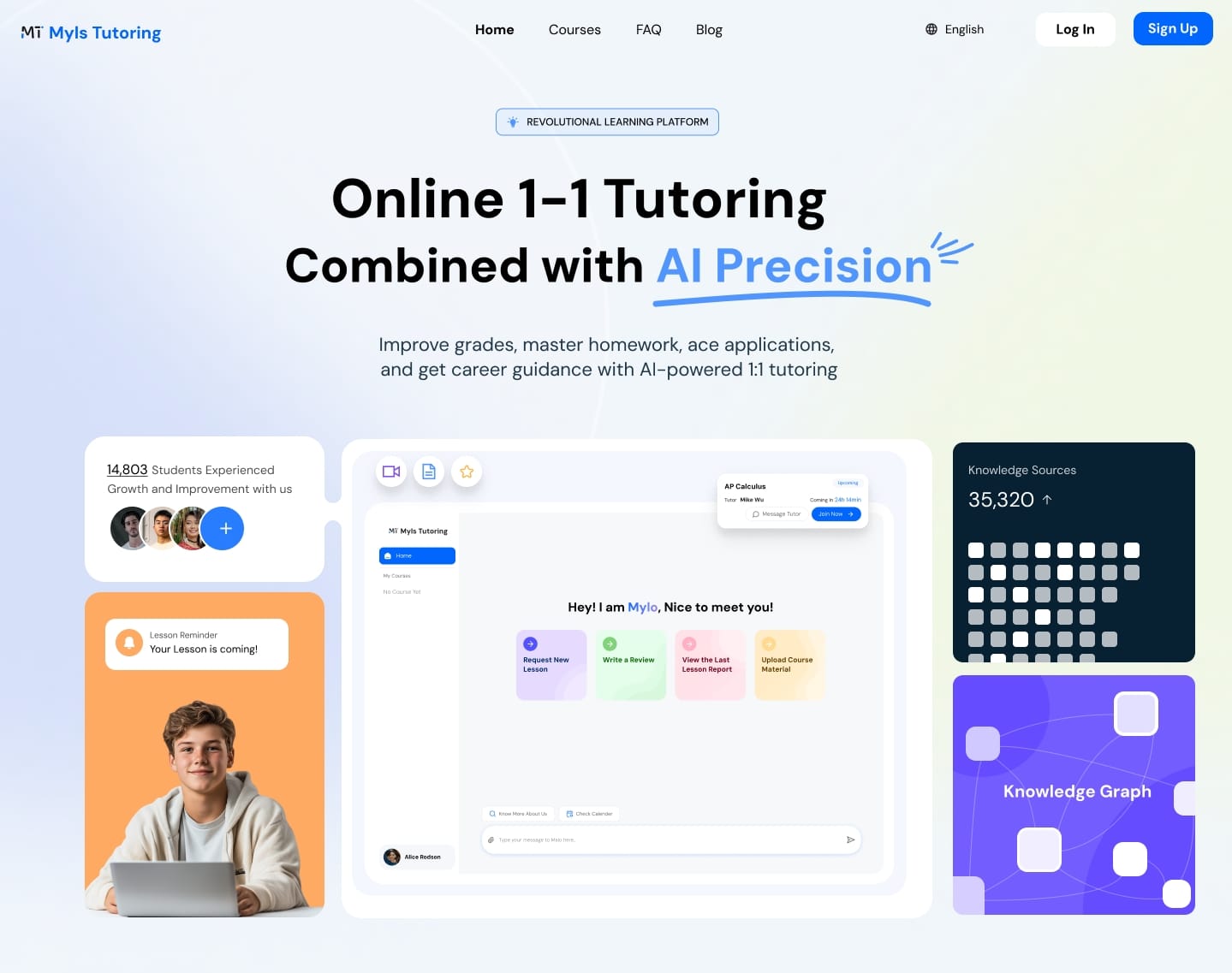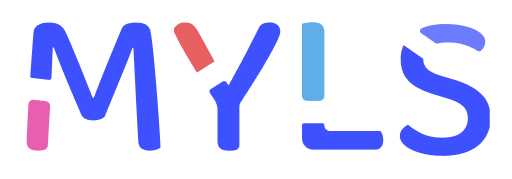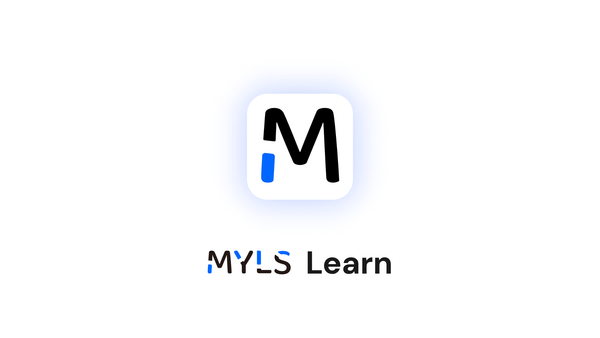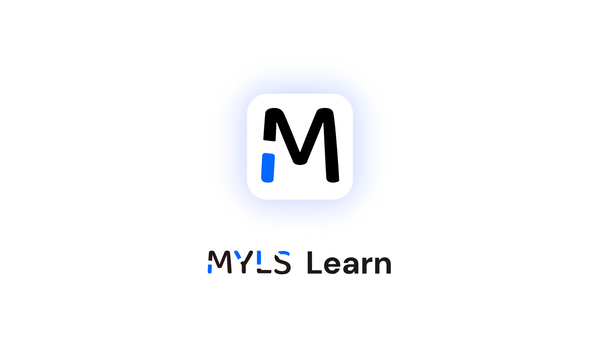The Hidden Power of Note-Taking: Techniques That Actually Work
Note-taking isn’t just about writing things down—it’s about understanding and remembering what you learn. In this blog, we explore proven strategies like the Cornell Method and retrieval practice to help students take better notes and learn more effectively.

For many students, note-taking is a reflex—something you do automatically in class or while studying. But what if the way you take notes could actually improve your learning, boost your memory, and save you time during review?
Research shows that not all note-taking is created equal. In fact, how you take notes can make a major difference in how much information you retain and how well you understand complex topics. Whether you’re preparing for exams, writing essays, or just trying to keep up in class, here’s why note-taking matters—and how to do it effectively.
Why Note-Taking Matters
Note-taking isn’t just about recording information—it’s about processing it. According to a study from Princeton and UCLA, students who take notes by hand tend to perform better on conceptual questions because handwriting forces deeper processing of information (Mueller & Oppenheimer, 2014).[1]
Effective note-taking:
- Helps students focus during lessons or readings
- Aids memory through encoding and organization
- Provides a structured resource for future review
- Promotes active engagement and critical thinking
1. The Cornell Method
Developed at Cornell University, the Cornell Method encourages students to divide their page into three sections: notes, cues, and summary.
- Notes section: Record main ideas and supporting details.
- Cues: Jot down key questions, vocabulary, or prompts in the margin.
- Summary: After the session, write a 1–2 sentence summary of what you learned.
This format encourages review and self-quizzing—both critical to long-term retention.
2. Mapping and Visual Notes
For visual learners or subjects like science and history, concept maps or diagrams can help show relationships between ideas. Mind maps encourage associative thinking and often make it easier to recall details during tests.
Visual note-taking may lead to better comprehension and recall compared to traditional outlines!
3. Outline Method
The outline method is a hierarchical structure where main points are labeled (I, II, III) and subpoints are indented underneath. It works well for lectures and readings with a logical flow and is easy to use during quick-paced note-taking scenarios.
4. Use of Retrieval Practice
Instead of simply re-reading notes, use them to quiz yourself. This approach—called retrieval practice—is one of the most effective ways to boost learning and recall (Roediger & Butler, 2011).
Try covering your notes and reciting key points or writing summaries from memory. Then compare and correct.
5. Digital vs. Paper Notes
There’s a place for both. Handwriting may improve understanding, but digital note-taking with tools like Notion, OneNote, or Google Docs is faster, more searchable, and easier to organize—especially across multiple classes.
Tip: If using a laptop, avoid transcribing lectures word-for-word. Instead, rephrase and summarize in your own words to increase engagement.
How Myls Tutoring Helps Students Take Better Notes

At Myls Online Tutoring Platform, we go beyond content delivery. Our tutors coach students in developing active learning strategies—including effective note-taking. Here’s how:
✅ Customized Techniques: Myls Online Tutors help students explore note-taking methods that match their learning style and subject.
✅ Guided Practice: During online tutoring sessions, students take notes while working with online tutor, receiving feedback on organization and clarity.
✅ Review and Retrieval: Myls tutors teach students how to use their notes for active review, turning passive summaries into powerful learning tools.
✅ Digital Support: Myls online tutoring service supports shared documents and digital note annotation, making remote learning seamless.
📓 Ready to improve your learning with smarter note-taking?
🎯 Book a 30-minute trial with Myls Tutoring today and start building note-taking habits that support real success.
References:
[1] Mueller, P. A., & Oppenheimer, D. M. (2014). The Pen Is Mightier Than the Keyboard: Advantages of Longhand Over Laptop Note Taking. Psychological Science, 25(6), 1159-1168. https://doi.org/10.1177/0956797614524581 (Original work published 2014)




